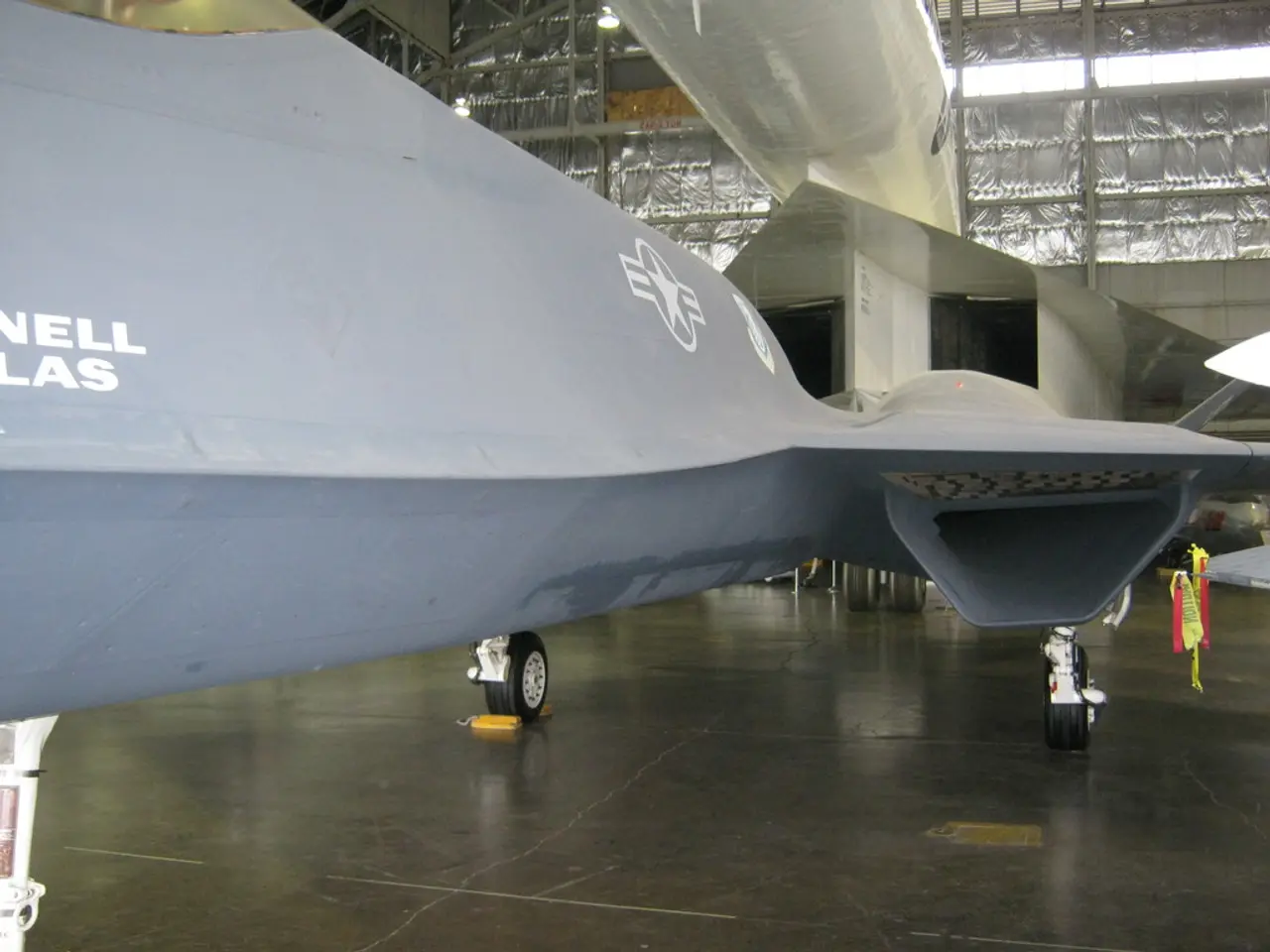Air Travel Essentials: Permitted Carry-On: Portable Chargers on Airplanes?
Powering Up for Your Flight: A Guide to Carrying Portable Chargers on Airplanes
Traveling with your trusty portable charger? Here's what you need to know about carrying them on airplanes in 2025.
The Federal Aviation Administration (FAA) and Transportation Security Administration (TSA) have specific regulations for portable chargers on planes. These regulations may vary depending on the airline and type of aircraft, so it's essential to check with the FAA and TSA websites for the most up-to-date information before traveling.
First and foremost, power banks should be packed in your carry-on luggage rather than in checked baggage. Spare lithium-ion batteries, including portable chargers, must be carried in carry-on luggage only, per FAA regulations. TSA regulations require that portable chargers be placed in carry-on luggage or carried on your person and not allowed in checked luggage.
When choosing a portable power charger for air travel, it's important to check the airline's specific regulations on lithium-ion batteries and size and capacity of power banks. Most airlines allow power banks with a capacity of up to 100 watt-hours or 27,000mAh in carry-on luggage.
However, some airlines may have restrictions on the number of power banks that a passenger can bring on board. For instance, United Airlines allows up to 3 devices if the capacity is 100 Wh or less, while Emirates allows only 2 devices if the capacity is 100 Wh or less.
International flights may have additional regulations. Power banks are only allowed in carry-on baggage; they are strictly prohibited in checked luggage, regardless of capacity or brand. Capacity limits are based on watt-hours (Wh), calculated as (mAh x Voltage) ÷ 1000, with most power banks using a voltage of 3.7V.
Up to 100 Wh is allowed on carry-on without airline approval. Between 100 Wh and 160 Wh is allowed only with airline approval, with quantities usually limited (usually max 2 power banks). Above 160 Wh is prohibited as carry-on; it must be shipped as air cargo per IATA Dangerous Goods Regulations.
It's always a good idea to check with the airline and the destination country's regulations before your flight to ensure compliance with their specific rules regarding power banks. Some airlines require submitting a safety datasheet or approval request for power banks above 100 Wh.
When packing your power bank, ensure it's safe and reliable by not using damaged or recalled power banks. Check the power bank's capacity and voltage, and ensure it's charged to no more than 50% before traveling.
Most airplanes have power outlets or USB ports that allow passengers to charge their electronic devices during the flight. However, it's important to note that the availability and location of these outlets may vary depending on the airline and the type of aircraft.
In summary, carry power banks only in carry-on bags, keep capacity below 100 Wh for hassle-free travel, seek airline approval for 100–160 Wh units, and avoid any use of power banks onboard when airline rules prohibit it (e.g., Emirates from October 2025). Always check specific airline policies before travel as rules vary and are regularly updated. Happy and safely powered travels!
- To avoid issues during your flight in 2025, ensure you pack your smartphones, gadgets, and smartphone chargers in your carry-on luggage, as they should be carried as spare lithium-ion batteries, following FAA and TSA regulations.
- While traveling by air, it's essential to choose a portable power charger that adheres to the airline's regulations on lithium-ion batteries and has a capacity of up to 100 watt-hours or less for a worry-free and hassle-free travel experience, as most airlines do not allow power banks with a capacity exceeding 100 watt-hours in carry-on luggage.




